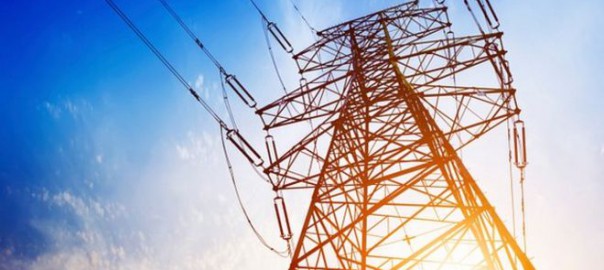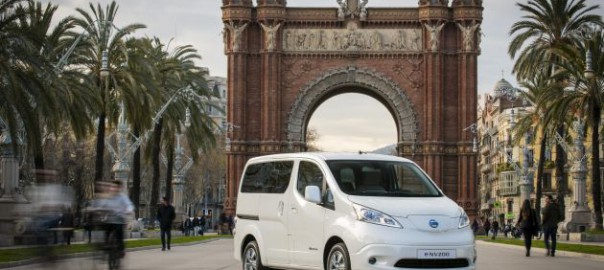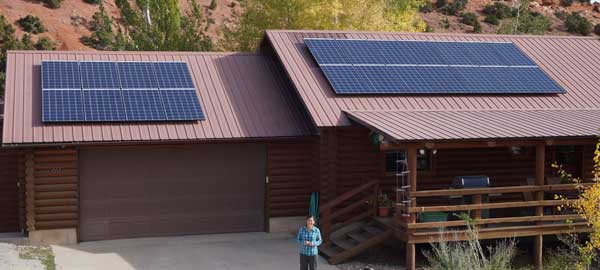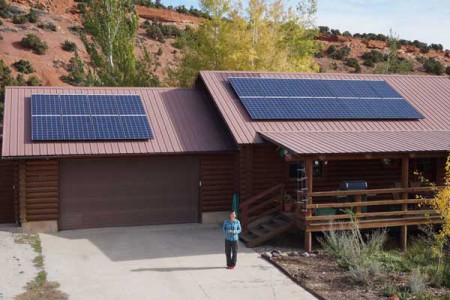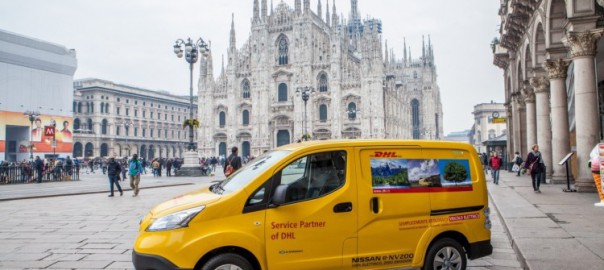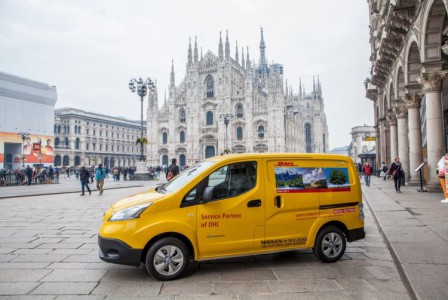In isolation, it could have seemed innocuous.
Sonangal, the Angolan National Oil company announced cuts in capital expenditure. The industry paid little attention. Since the current crisis began, cuts in cap-ex have been all around us. But this move, from a National Oil Company, marks a significant shift that we should all recognize.
Early in the current cycle, the international operators were first to take decisive action. This is business as usual as the price of oil goes down. The Operators pull back on planned expenditure, put a few projects on hold and trim some fat in their workforce. It’s rough if you find yourself out of a job, and I sympathize with anyone in that position, but it’s not a long term problem.
Global exploration has slowed and this is markedly evident in the drilling market: Some offshore rigs which once were operating at full capacity are now standing idle as prices have fallen from $650k per day to $350k per day.
The oil field services companies take a heavy hit early on, as do other businesses that swim in the slipstream of big oil. When the oil stops flowing, so does the money. But the results are mostly limited to a few poor quarters of financial performance before things return to normal.
But in Angola, we see the start of something altogether more sinister. This is a National Oil Company making decisions that will drastically affect their ability to meet demand in the future.
The issue is not restricted to Angola. The industry is heavily populated with countries that are structurally dependent on robust oil prices. There is a long list, which includes Venezuela, Iraq, Nigeria and to a lesser degree Russia.
As oil prices have fallen and remained low these nation states are simply running out of cash reserves. In some cases the situation is already acute. Venezuela has reserves to cover a very limited period and Angola’s reserves will cover just six months on current spend. As an immediate consequence, these governments are being forced to make swinging cuts as they refocus increasingly scarce capital reserves on essentials such as food and medical supplies. One of the easiest ways to preserve capital is to stop investing in major capital projects. The biggest and most expensive of these capital projects are their investments in oil and gas exploration.
These countries have enough issues without cheap oil muddying the waters. This month saw Venezuela deploy a new exchange rate system that aligns official rates more closely with the real black market rate for dollars. It is an indication of willingness to address real problems but in itself it will solve very little. Their woes will continue for as long as oil remains at these levels. When it recovers, they will only be left to handle the legacy issues caused by decades of fiscal mismanagement.
In Mexico, oil prices have compounded the economic misery of recent years. Again, most of the cut backs resulting from the country’s recent $8.5bn budget slash will come at the expense of planned exploration projects. Geology works much the same way in Mexico as it does everywhere else: long term contracts for easy oil are fine, short term shale plays are out of the question.
Every time capital expenditure is reduced, the gap in future supply and demand deepens.
Back to Angola. Their national budget for 2015 was based on an oil price of $81; when that budget was resubmitted by the cabinet a few weeks ago, it lowered the benchmark to $40 and included a $14bn reduction in cap ex.
Without this investment, capacity for future investment will continue to drop. In 12-24 months, both their supply and their production capacity will have been depleted by underinvestment, just as the opportunity arises to capitalize on soaring prices. This predicament will be common to every oil dependent nation currently running out of dollars.
In the middle of all this carnage, Saudi Arabia is continuing to invest. The Middle East is the one area that remains buoyant even now. When prices rebound, and the remainder of the market finds itself hopelessly underinvested, the Saudis will be there with surplus capacity and the prices will be what you’d expect to see in a seller’s market.
At that point, Angola will be forced to regret the cuts in investment that left them floundering.
You and I will be the losers at the gas station back home, but bad news at the pump translates to good news for the wider economy and the oil and gas job market. When this dip ends, the rebound will be higher than the speculative prices of 2007.
I’m not a betting man, but my advice to anybody willing to take a gamble is go long on oil. You are going to see a major return.
Source: LinkedIn
